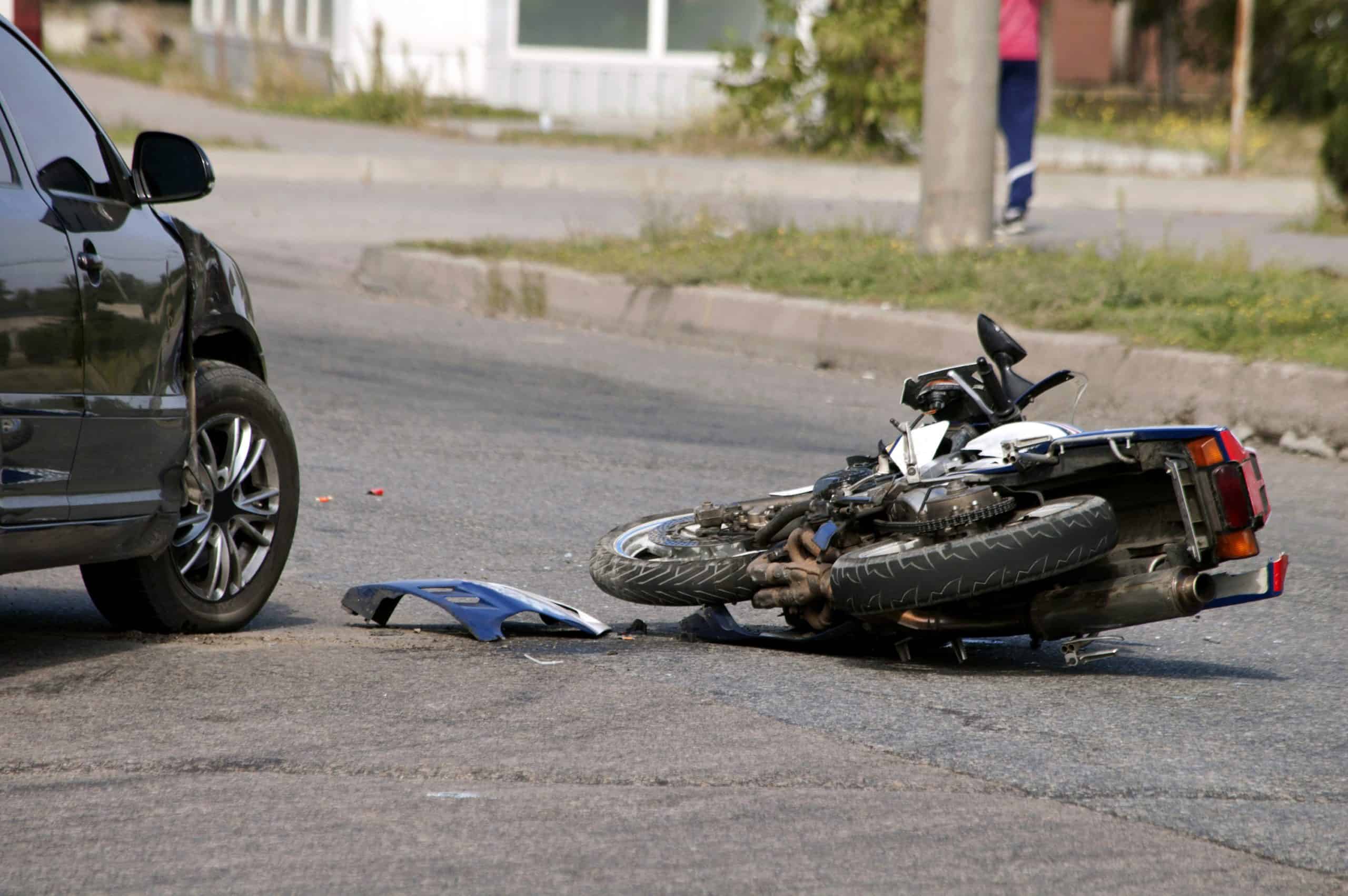Car, Motorcycle and Truck Accidents - Grewer Law Group, P.C
 The difference from province to province is the extent to which tort or no-fault is emphasized. International drivers entering Canada are permitted to drive any vehicle their licence allows for the 3-month period for which they are allowed to use their international licence. International laws provide visitors to the country with an International Insurance Bond (IIB) until this 3-month period is over in which the international driver must provide themselves with Canadian Insurance. The IIB is reinstated every time the international driver enters the country. Damage to the driver's own vehicle is optional - one notable exception to this is in Saskatchewan, where SGI provides collision coverage (less than a $1000 deductible, such as a collision damage waiver) as part of its basic insurance policy. In Saskatchewan, residents have the option to have their auto insurance through a tort system but less than 0.5% of the population have taken this option.
The difference from province to province is the extent to which tort or no-fault is emphasized. International drivers entering Canada are permitted to drive any vehicle their licence allows for the 3-month period for which they are allowed to use their international licence. International laws provide visitors to the country with an International Insurance Bond (IIB) until this 3-month period is over in which the international driver must provide themselves with Canadian Insurance. The IIB is reinstated every time the international driver enters the country. Damage to the driver's own vehicle is optional - one notable exception to this is in Saskatchewan, where SGI provides collision coverage (less than a $1000 deductible, such as a collision damage waiver) as part of its basic insurance policy. In Saskatchewan, residents have the option to have their auto insurance through a tort system but less than 0.5% of the population have taken this option.
No limit applies to claims from third parties for death or personal injury, however UK car insurance is now commonly limited to £20,000,000 for any claim or series of claims for loss of or damage to third-party property caused by or arising out of one incident. The minimum level of insurance cover generally available, and which satisfies the requirement of the Act, is called third-party-only insurance. The level of cover provided by Third-party-only insurance is basic, but does exceed the requirements of the act. This insurance covers any liability to third parties, but does not cover any other risks. More commonly purchased is third party, fire and theft. This covers all third-party liabilities and also covers the vehicle owner against the destruction of the vehicle by fire (whether malicious or due to a vehicle fault) and theft of the insured vehicle. It may or may not cover vandalism. This kind of insurance and the two preceding types do not cover damage to the vehicle caused by the driver or other hazards.
Auto Accident Lawyers
In addition to third-party coverage, this policy also provides insurance for your own vehicle due to fire, crash or theft. This policy provides the widest coverage, i.e. the third party's physical injury and death, third party's vehicle damage and your own vehicle's damage caused by fire, theft or a crash. This type of insurance is usually designed for luxury vehicles. The cost to rent a vehicle if yours is damaged. The cost to tow your vehicle to a repair facility. Crashes involving uninsured motorists. Different policies specify the circumstances under which each item is covered. For example, a vehicle can be insured against theft, fire damage, or crash damage independently. If a vehicle is declared a total loss and the vehicle's market value is less than the amount that is still owed to the bank that is financing the vehicle, GAP insurance may cover the difference. Not all auto insurance policies include GAP insurance. GAP insurance is often offered by the finance company at time the vehicle is purchased. Conte nt has been created by G SA Conte nt Genera tor DEMO.
Such 'telematic' policies typically are based on black-box insurance technology, such devices derive from a stolen vehicle and fleet tracking but are used for insurance purposes. Since 2010 GPS-based and Telematic Insurance systems have become more mainstream in the auto insurance market not just aimed at specialised auto-fleet markets or high value vehicles (with an emphasis on stolen vehicle recovery). Modern GPS-based systems are branded as 'PAYD' Pay As You Drive insurance policies, 'PHYD' Pay How You Drive or since 2012 Smartphone auto insurance policies which utilise smartphones as a GPS sensor, e.g. . The Progressive Corporation launched Snapshot to give drivers a customized insurance rate based on recording how, how much, and when their car is driven. Snapshot is currently available in 46 states plus the District of Columbia. Because insurance is regulated at the state level, Snapshot is currently not available in Alaska, California, Hawaii, and North Carolina.
